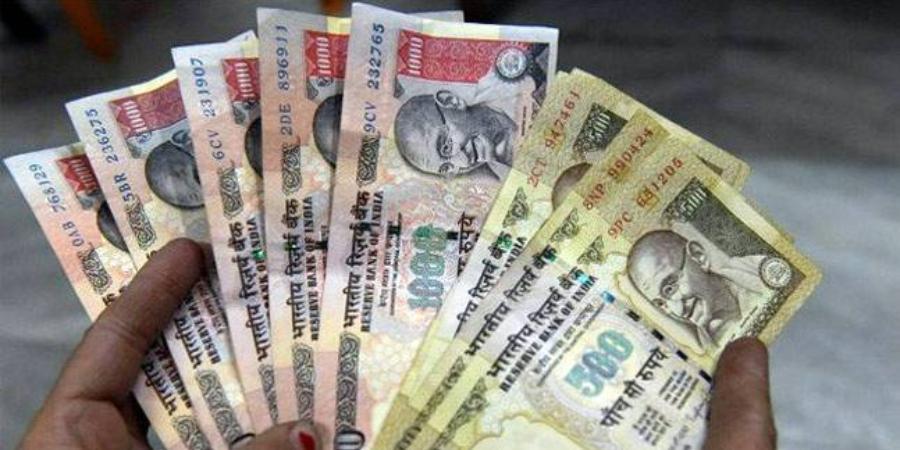The Reserve Bank of India on Tuesday wrote to all banks and directed them to store the CCTV footage belonging to the period of November 8 to December 30, 2016, in a careful manner, and told them to not destroy the recordings. After five years of Demonetisation, many would have grown the opinion that all is well, and the corrupt particularly would be relaxing thinking that the horrifying days for them are now over. However, the Modi government’s appetite to surprise Indians has not decreased a tad bit, and now, a potential mass investigation might be launched into the activities of corrupt individuals and black money hoarders.
It is possible that the government and investigating agencies might begin making use of CCTV recordings from November and December of 2016 to identify black money hoarders, and, thereafter, initiate stringent action against them. The corrupt always seem to require a reminder that their days of glory are limited – and a message in that direction seems to be approaching fast.
On the basis of various inputs, the investigative agencies had started probing matters relating to the illegal accumulation of new currency notes in the aftermath of demonetisation. In order to facilitate such investigations, the RBI has asked the banks not to destroy the CCTV recordings of the period of demonetisation till further orders.
In its order issued on Tuesday, the RBI said, “…keeping in view the investigations pending with law enforcement agencies, proceedings pending at various courts, you are advised to preserve the CCTV recordings of operations at bank branches and currency chests for the period from November 08, 2016, to December 30, 2016, in a proper way, till further orders.”
This order comes as a reminder to banks. In a similar order issued in December 2016 itself, RBI had directed all banks to ensure that they do not destroy CCTV footages pertaining to the demonetisation period at any cost. As per RBI’s mint street memo of August 2017, currency notes of denominations of ₹1000 and ₹ 500 (specified banknotes or SBNs), valued at ₹15.4 lakh crore and constituting 86.9 per cent of the value of total notes in circulation were demonetised.
Of the Rs 15.41 lakh crore worth Rs 500 and Rs 1,000 notes in circulation on November 8, 2016, currency worth Rs 15.31 lakh crore was returned. Demonetisation had severely battered the parallel economy which had come to exist in India, while also inflicting a personal loss on all corrupt individuals in possession of unaccounted cash. Terrorists too were battered – as their industry – surviving on the foundation of fake currency fell apart right before their eyes.
The horrors of demonetisation seem to be lurking at large once again for corrupt black money hoarders. Certainly, Prime Minister Narendra Modi’s bold move was supposed to have long-term consequences, which are now appearing to be set in motion. The latest move of the RBI will ensure that whenever need be, all corrupt activities during the period of demonetisation can be monitored and action taken against perpetrators of the same.
